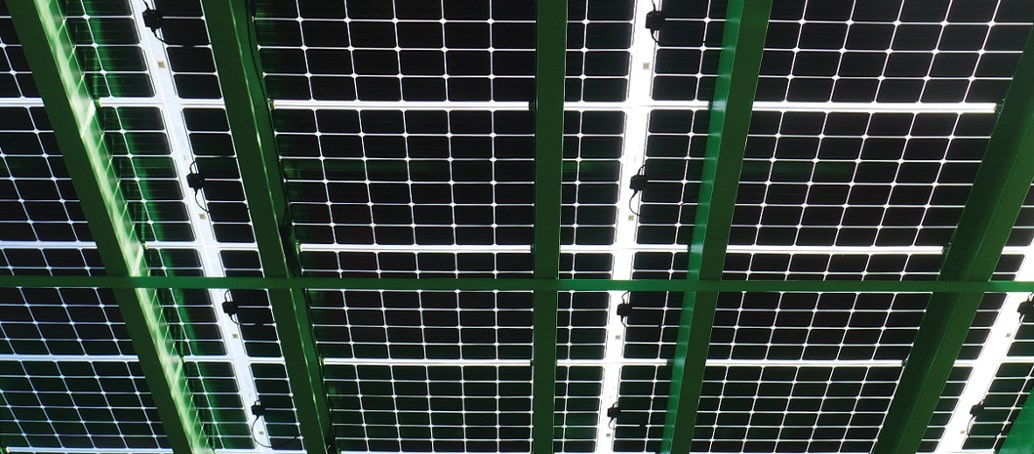In the latest development in the dramatic saga of the Section 201 tariffs, the U.S. Court of International Trade has granted Solar Energy Industries Association (SEIA) and developer Invenergy a temporary restraining order (TRO) – which is already effective – against the withdrawal of the 201 bifacial exemption.
For anybody who has not been following along, bifacial modules became exempt from the 25% tariff in June, under the logic that the supply of such modules to the United States was “highly limited.” The exemption, however, proved to be a brief one and was overturned last month, becoming effective as of October 28.
This TRO stems from a complaint filed by Invenergy shortly after the reinstitution of the tariff. The complaint alleged that the U.S. Trade Representative’s action on the exemption was “unlawfully entered” because it didn’t allow for notice or comment prior to pulling the exclusion. Other critics of the move have been harsher, with John Williamson, the founder and CEO of engineering consulting and software company KiloNewton describing the removal as “a nonsense reaction to a nonsense exemption to a nonsense policy.”
The TRO is effective for the 14 days following its issuance, meaning it ends on November 21st, unless the court rules on the matter earlier.
The exemption is a tricky topic within the industry, as it is opposed by two of the biggest module manufacturers Hanwha Q Cells and First Solar. This is because Hanwha has a 1.7 GW solar factory in Georgia, whereas First Solar makes thin film and has always been free from the tariffs, which apply only to crystalline silicon solar. As such, the giants argued that the exemption was a direct undermining of trade protections.
There was hope that the exemption (are you getting tired of that phrase yet?) would expedite the growth of the bifacial market, as it would be economically advantageous for developers to use bifacial modules in projects, regardless of whether or not they were planning on seeing the benefits of the technology.
Even if bifacial modules do not get that expected kickstart in financial feasibility, the technology’s day in the sun (pun absolutely intended) still may not be that far down the line. Wood Mackenzie Senior Research Analyst Xiaojing Sun says that bifacial modules will be cost-competitive again in 2021, even with the Section 201 tariffs. She describes this as a “temporary setback” for the technology, noting that “long-term growth is still expected.”
It should also be noted that the tariffs are set to step down, decreasing 5% annually before disappearing entirely after 2022. That is unless the Trump Administration makes any major changes during the tariffs’ mid-term review. As Standard Solar Chief Development Officer Tony Clifford wrote for pv magazine, the outcome will likely happen in one of three ways:
- The most likely possibility: the tariffs stay in place as is.
- The worst-case scenario: the implementation of the original tariff percentage, 50%, which would be catastrophic for the solar industry and would cripple a fair bit of companies.
- The best-case scenario: the president declares victory in the tariff battle and removes them entirely. Also unlikely, but wouldn’t it be fun?
With the Section 201 mid-term review underway and Invenergy’s ongoing legal fight against the tariffs, expect much more drama to come before a solutions rears itself.
This content is protected by copyright and may not be reused. If you want to cooperate with us and would like to reuse some of our content, please contact: editors@pv-magazine.com.









By submitting this form you agree to pv magazine using your data for the purposes of publishing your comment.
Your personal data will only be disclosed or otherwise transmitted to third parties for the purposes of spam filtering or if this is necessary for technical maintenance of the website. Any other transfer to third parties will not take place unless this is justified on the basis of applicable data protection regulations or if pv magazine is legally obliged to do so.
You may revoke this consent at any time with effect for the future, in which case your personal data will be deleted immediately. Otherwise, your data will be deleted if pv magazine has processed your request or the purpose of data storage is fulfilled.
Further information on data privacy can be found in our Data Protection Policy.